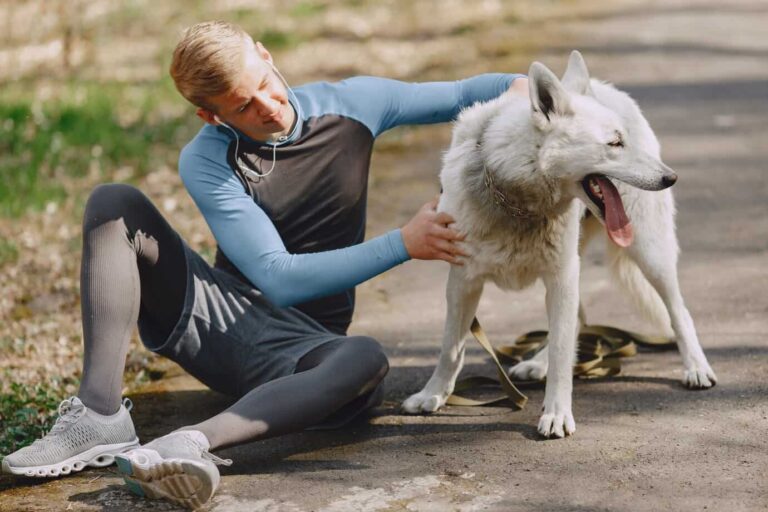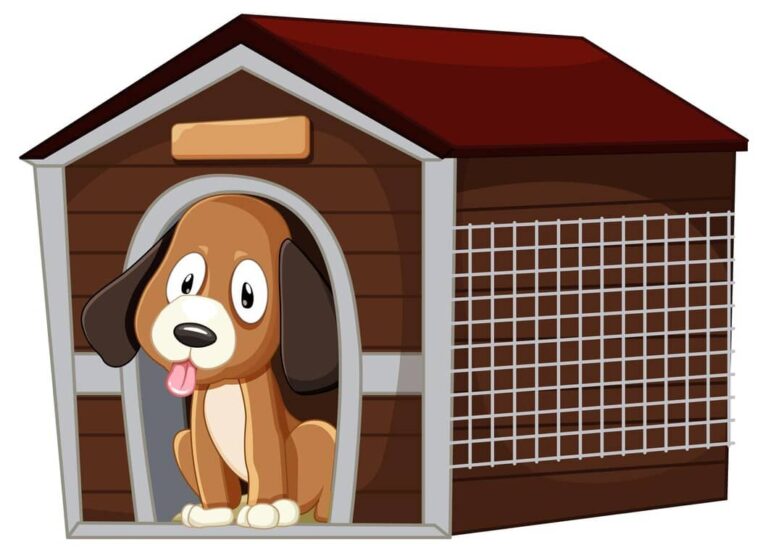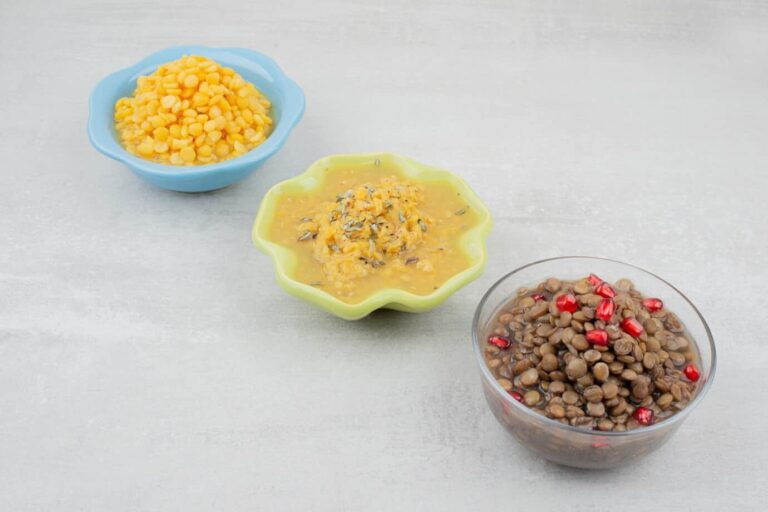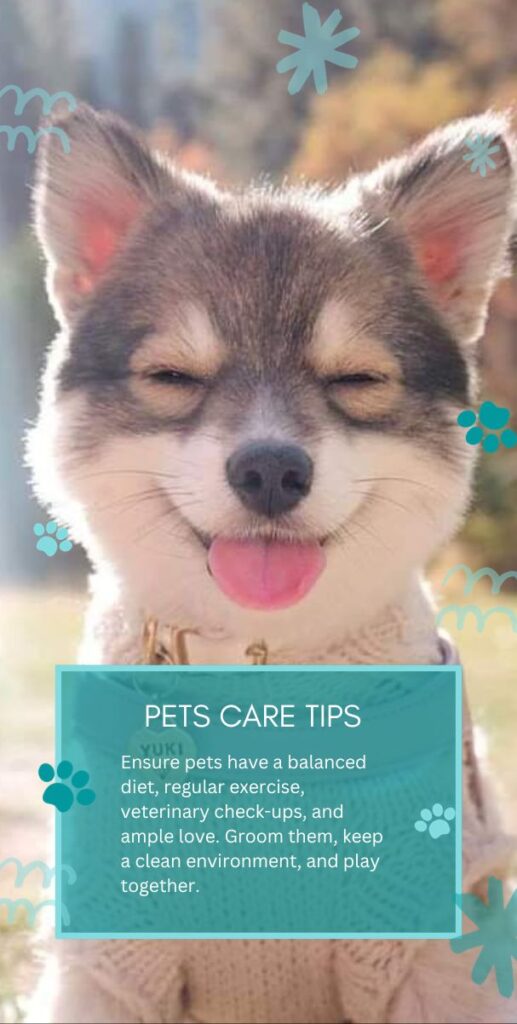© 2019 Khobish - Premium WordPress news & magazine theme by Xldevelopment.
Potty training your puppy can be a challenging but rewarding process. With patience, dedication, and a little bit of know-how, you can have your pup potty trained in no time! In this blog, we’ll explore the best techniques and tips for successful puppy potty training so your pup can learn the ropes quickly and with minimal mess. Keep reading to find out more! Today, I will explain the best way to potty train a puppy
Potty training a puppy requires patience, consistency, and positive reinforcement. Here are some steps to follow:
- Establish a routine: Take your puppy outside at regular intervals, especially after meals, playtime, and naps.
- Choose a designated potty area: Take your puppy to the same spot every time for elimination.
- Use a consistent command: Use the same word or phrase, such as “go potty,” to signal to your puppy that it’s time to eliminate.
- Wait and supervise: Stand in the designated potty area with your puppy until they eliminate, and then immediately praise and reward them.
- Accidents will happen: If your puppy has an accident inside, clean it thoroughly and do not punish them. Instead, interrupt them and immediately take them outside to their designated potty area.
- Increase freedom gradually: As your puppy becomes more reliable, gradually increase their freedom inside the house.
Remember, potty training is a gradual process and may take several weeks. Stay patient, consistent, and positive, and your puppy will be fully potty trained in no time.
Before starting potty training, it’s important to prepare:
- Get necessary supplies: Purchase a crate, potty pads, and treats for positive reinforcement.
- Establish a feeding schedule: Offer your puppy regular meals at consistent times to help establish a potty routine.
- Limit water intake before bedtime: Reduce the amount of water your puppy drinks before bedtime to reduce nighttime accidents.
- Watch for potty cues: Observe your puppy for signs that they need to go, such as sniffing, whining, or circling.
- Keep the puppy in sight: Avoid leaving your puppy unsupervised for long periods, especially in the early stages of training.
- Designate a potty area: Choose an area outside for your puppy to use as their designated potty spot.
By preparing beforehand, you’ll be setting yourself and your puppy up for success during the potty training process.
Here are some standard potty training techniques:
- Crate training: Using a crate to confine your puppy while you’re away can be an effective tool for potty training. The small, confined space will encourage your puppy to hold its bladder until they’re taken outside.
- Paper training: Placing potty pads in a designated area inside the house can be a good option for puppies who can’t yet go outside. Gradually move the pads closer to the door until your puppy is going outside to eliminate them.
- Outdoor potty training: Taking your puppy outside to a designated potty area on a regular schedule is a traditional approach to potty training.
- Potty bell training: Hanging a bell near the door and ringing it before taking your puppy outside can help train them to associate the sound with going potty.
- Positive reinforcement: Consistently praising and rewarding your puppy when they go potty in the correct spot can encourage them to continue this behavior.
It’s important to find a technique that works best for you and your puppy, and to be patient and consistent in your training efforts.
Here are some tips and tricks for successful potty training:
- Timing is key: Take your puppy out first thing in the morning, after meals, after playtime, and before bedtime. This will help establish a routine and increase the chances of success.
- Be patient: Potty training takes time, and each puppy is different. Be patient and don’t get discouraged if there are accidents along the way.
- Consistency is key: Use the same commands and routines every time, and be consistent in your praise and rewards. This will help your puppy understand what is expected of them.
- Avoid punishment: Punishing your puppy for accidents will only confuse them and can damage the trust in your relationship. Instead, interrupt them and immediately take them outside to their designated potty area.
- Keep track of progress: Keep a record of when your puppy goes potty and any accidents, to help identify patterns and adjust your training as needed.
By following these tips and tricks, you’ll be on your way to a successful potty-training experience with your new puppy.
Conclusion:
In conclusion, potty training a puppy requires patience, consistency, and positive reinforcement. It’s important to prepare beforehand by getting the necessary supplies and establishing a routine and choosing a training technique that works best for you and your puppy. Remember to be patient, avoid punishment, and keep track of progress to ensure success. With persistence and dedication, your puppy will be fully potty trained in no time.











No Comments